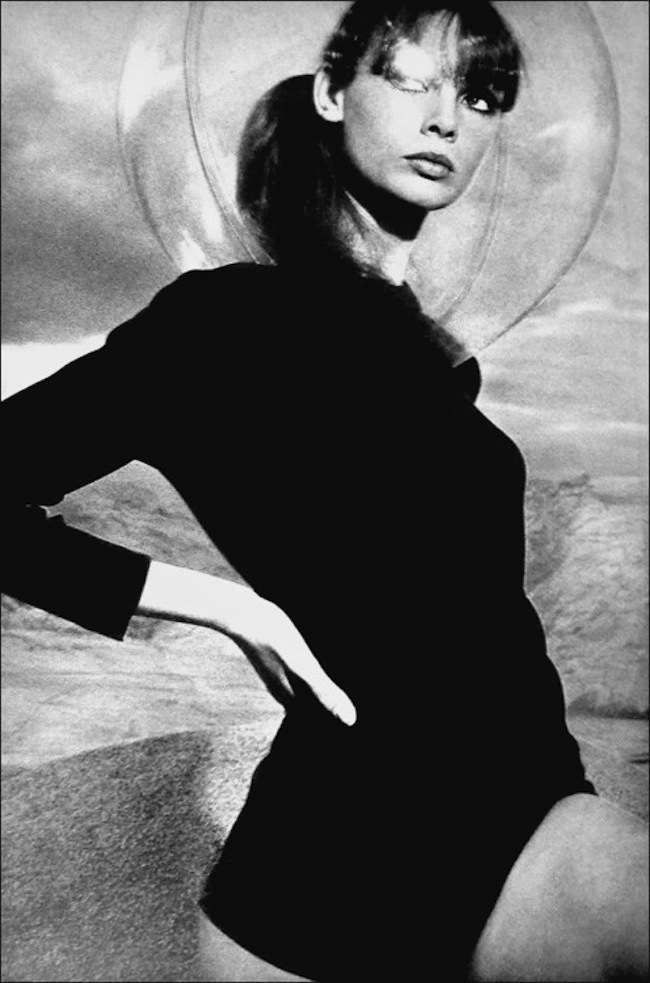

Diane Dew put her electrical engineering degree to work, creating electrical light clothes that could be switched off and on for your own neon lightshow.īetsey Johnson, queen of anti-fashion fashion, created the ultimate in swinging style with entire wardrobes constructed out of unorthodox materials. Paco Rabanne turned out brilliant masterpieces from metallic discs that were pliers instead of a sewing machine. He practiced architecture and engineering in his clothes, and even created Cosmonaut costumes for daily wear.

He juxtaposed clashing colors that seemed to work when done in stark lines and trims on a base of white. His lines were sleek, sharp and geometric, and his materials combined in unique and exceptional ways. Cardin propelled the body-conscious fit that would influence space age style for years to come.Īndre Courreges, the quintessential space age designer, turned futuristic when he created go-go boots and vinyl cutouts on clothes. His line featured geometric-cut tunics worn over body stockings and tights, worn with bubble hats and cut-away helmets. These amazing feats inspired designer Pierre Cardin, who released a Cosmos collection in 1965. Bored with traditional fabrics, designers looked to other materials for inspiration: metal, plastic, paper, and new polymer fabrics like vinyl.Īmerican astronaut John Glenn orbited the Earth in 1962, and Major Ed White performed the first spacewalk in 1965. The 60’s designers were experimental, and technologically advanced materials were used for a fantastical flight into the future. In these heady times, fashion reflected the new streamlined sleekness of technology. The allure of outer space has inspired fashion since the dawn of man’s understanding of the world beyond, but it wasn’t until the technological advances of the 60’s that space travel became a reality. was jettisoned into the lead of the Space Race when, on July 20, 1969, the first astronauts to walk the moon were America’s very own Neil Armstrong and Edwin ‘Buzz’ Aldrin.
1960s space age fashion mod#
So presented below are a few images showing the mod sci-fi genius of Pierre Cardin.The U.S. Somewhere between Tracy Island and an intergalactic coral reef, this huge structure is the perfect setting for all those wonderful clothes.
1960s space age fashion plus#
Later on, this aesthetic informed the villa he built on the beautiful Côte d’Azur, Le Palais Bulles (see the video at the bottom, plus official site here). So successful were these collections, nearly fifty years on, many of them still define what we think of as ‘futuristic’ even now.
1960s space age fashion series#
Embracing both the era’s creative freedom and its fascination with the space race, his love for modern materials such as vinyl, silver fabrics and moulded plastics led to a series of futuristic space-age collections, one of these obviously a huge influence on the designers of Gerry Anderson’s Captain Scarlet. In 1957 he became one of the first western designers to visit Japan, seeking eastern influences for his work. An innovator and iconoclast, in 1959 Cardin was the first major designer to produce a ready-to-wear range, and later broke new ground in exporting his style to other products, such as car interiors.

What I didn’t know then, was anything about the legacy of the man whose name was on the bottle. Growing up in the 80s on the borders of the East End & Essex, Pierre Cardin was chiefly known as the name on one of the aftershaves, liberally splashed all over by dodgy casuals in Farrah slacks & bad knitwear. Pierre Cardin Past, Present, Future, 1990.

‘The clothes that I prefer are those I invent for a life that doesn’t exist yet – the world of tomorrow.’


 0 kommentar(er)
0 kommentar(er)
